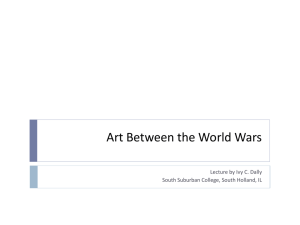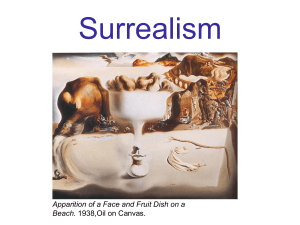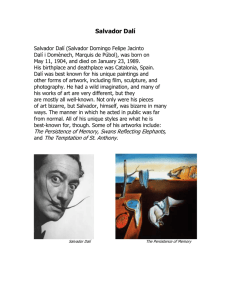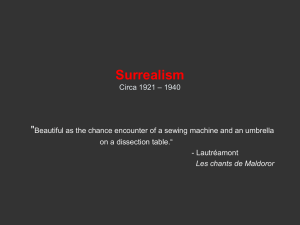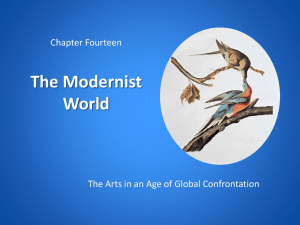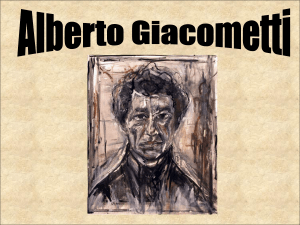Salvador Dali
advertisement
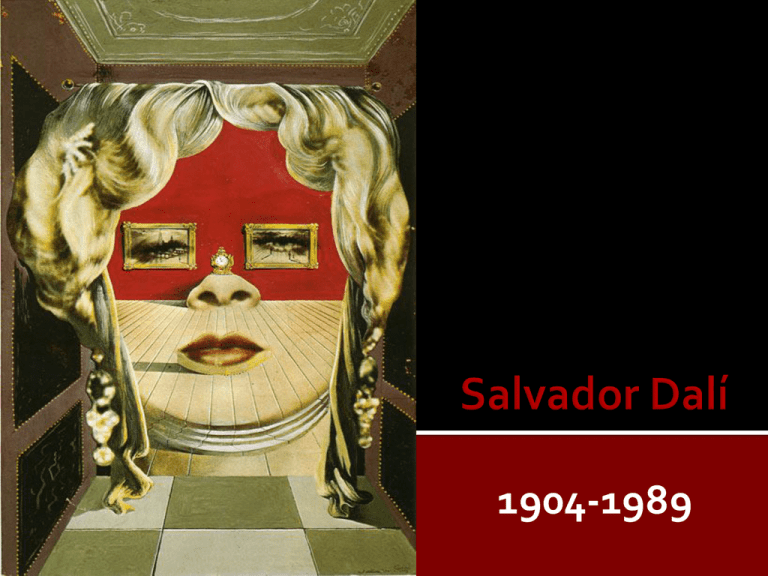
1904-1989 Salvador Dalí was one of the most famous painters of the twentieth century. He gained a reputation as one of the century’s most bizarre and outrageous artists. His theory of Surealism was based on ‘reasoned madness’, but as he commented: ‘The difference between me and a madman is that I am not mad.’ Salvador Dalí was born on May 11, 1904 in the small agricultural town of Figueres, Spain. The son of a prosperous notary, Dalí spent his boyhood in Figueres and at the family's summer home in the coastal fishing village of Cadaques where his parents built his first studio. He was an intelligent child, producing advanced drawings at an early age. Dalí attended the Colegio de los Hermanos Maristas and the Instituto in Figueras, Spain. By 1921 he convinced his father that he could make a living as an artist and was allowed to go to Madrid, Spain, to study painting. While in Madrid Dali studied the art of Velasquez, Goya and Hieronymus Bosch. While in school the authorities of the college were unimpressed by his outrageous behavior and eccentric dress. It was his paintings, in which he experimented with Cubism, that earned him the most attention from his fellow students. Dali found the college to be restrictive, and his protests against the college authorities finally led to suspension During this time Dalí had a vast number of artistic styles and displayed unusual technical facility as a painter. Francisco Goya Saturn Devouring His Son Hieronymus Bosch Bird-Headed Monster Early experimentation with Cubism Dali-Cabaret Scene, 1922 Oil on canvas 52x41 cm Picasso In the late 1920s, two events brought about the development of his mature artistic style: His discovery of Sigmund Freud's writings on the significance of subconscious image. His contact with Surrealist artists and writers who sought to establish the "greater reality" of man's subconscious over his reason. In 1929 Dali held his first one-man show in Paris. Within the same year he joined the surrealists, led by former Dadaist Andre Breton. Dali soon became a leader of the Surrealist Movement. The Persistence of Memory, 1931 oil on canvas, 24 cm × 33 cm Museum of Modern Art, New York City Soft Construction with Boiled Beans, 1936 Oil on canvas 100 cm × 99 cm Philadelphia Museum of Art, Philadelphia Picasso Guernica, 1937, Dali Swans Reflecting Elephants, 1937 Oil on canvas, 51 cm × 77 cm private collection Magritte The Human Condition,1933 Oil On Canvas, 20x30in Private Collection Metamorphosis of Narcissus, 1937 Oil on canvas, 51.1 cm × 78.1 cm Tate Modern, London
